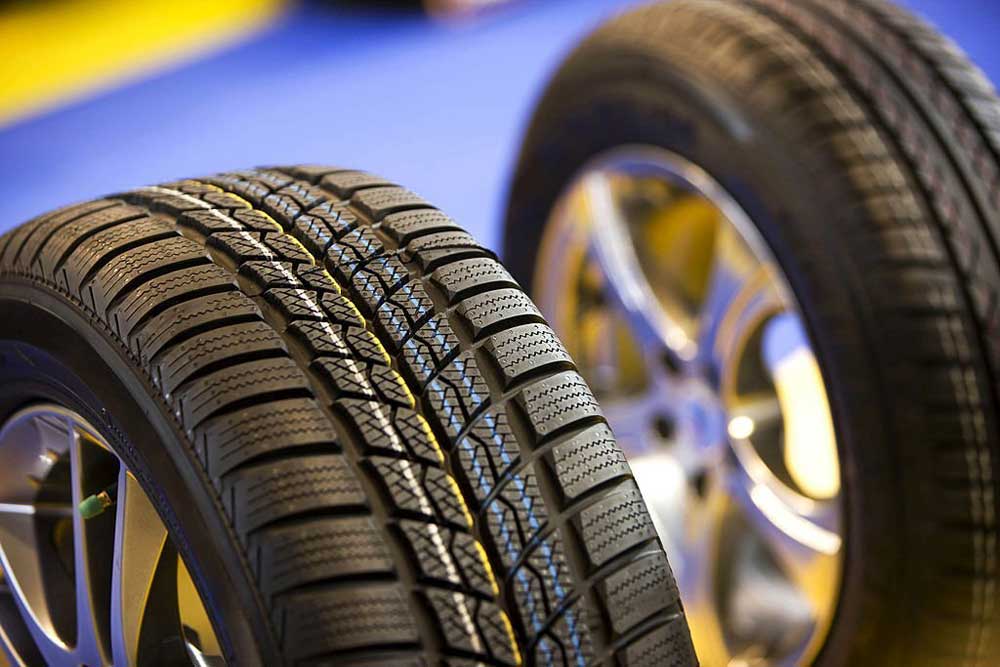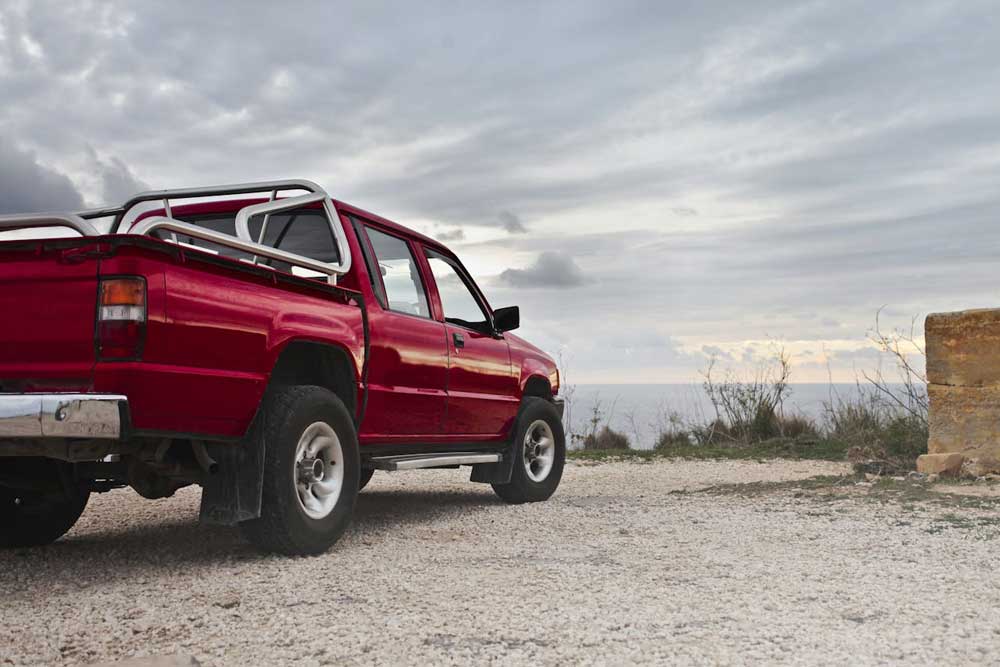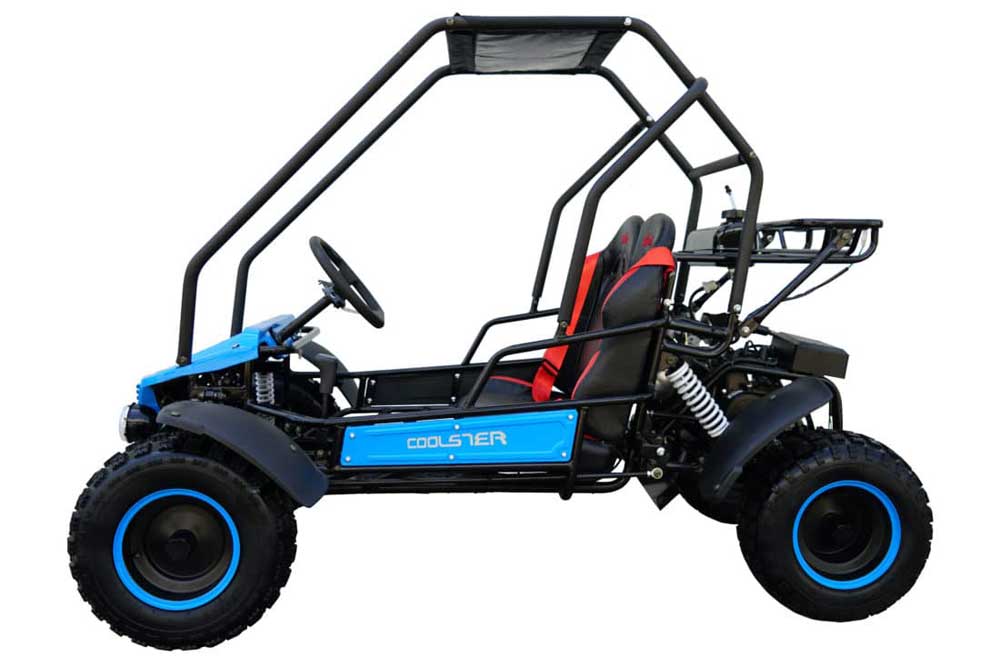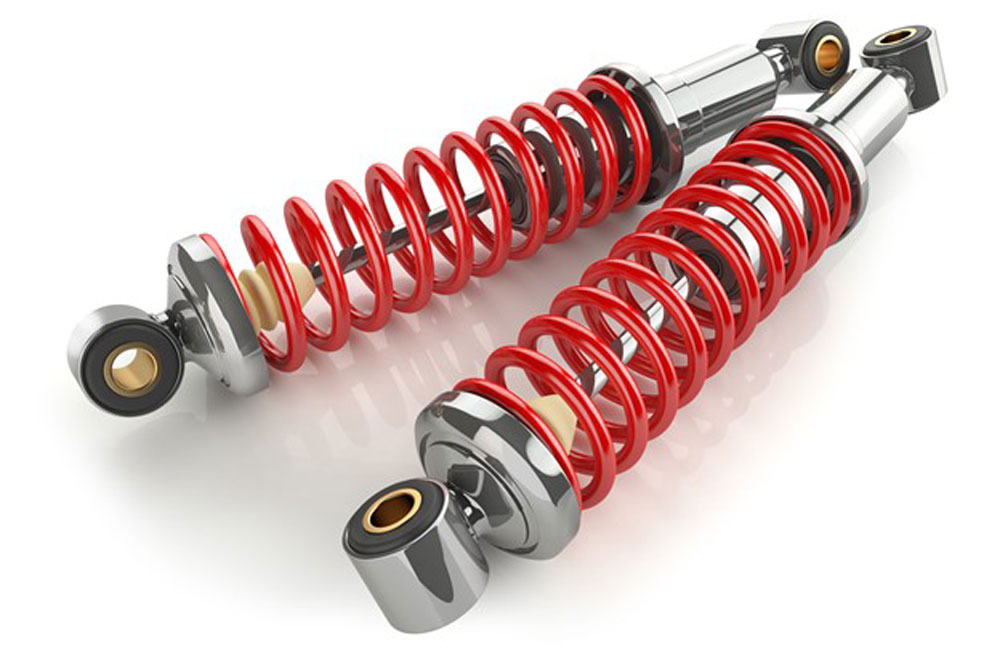Tires are your vehicle’s primary connection to the road. The more you use them, the more they wear out. Depending on the treadwear, you may experience changes in your vehicle’s handles, ride comfort, and overall driving experience. Tire wear patterns can be helpful information about the condition of your tires and how you are using them. These patterns can also help you identify any problems with your vehicle’s suspension or wheel alignment. Read on and learn about the common tire wear patterns and what they mean.
What are Some Common Abnormal Tire Wear Patterns?
Ideally, treadwear should be even. However, considering the diversity of vehicles, drivers, and driving environments, the tire wear patterns may vary, such as:
Toe Wear
Toe wear or heel wear refers to the excessive tread wear on your tire’s inner or outer edge. The pattern appears to be something like saw teeth. Problems with the wheel alignment usually cause this kind of wear. One of its signs is when you’re attempting to drive straight, you may notice your vehicle drifting left or right. The best thing to do here is to consult a professional mechanic and have your wheels realigned.
Camber Wear
This type of wear is similar to toe wear; only it is more extreme. The thinning on the inner or outer edges is more visible in this type of treadwear. Camber wear may indicate that your wheels are relying on one side more than the other, causing misalignment. Ignoring this may cause suspension or steering issues, putting your safety at risk. Submit your wheels for re-alignment as soon as possible to address this issue.
Center Wear
Center wear is usually a result of overinflated tires. Tires bulge in the middle when the pressure exceeds the recommended psi. Driving in this condition will lead to premature wear on the center of your tires, leaving the outer sides pretty much unworn. To avoid this issue, make sure you inflate your tires based on their manufacturers’ recommendations. Properly inflated tires can also improve fuel economy. So, don’t take tire pressure for granted.
Edge Wear
While over-inflation causes center wear, edge wear is likely a result of underinflated tires. The lack of pressure causes the tire to sag on the edges, wearing them faster than the middle. Driving on underinflated tires can be dangerous as it may lead to tire failure and cause accidents. If you see this kind of tread wear pattern, add air to the tire as needed. Make it a habit of checking your tire pressure regularly and ensure they are within the recommended psi.
Related: Beware of Underinflation & Overinflation of Truck Tires
Patch Wear
Patch wear has a tread wear pattern that appears to be patchy, which usually occurs diagonally. This kind of wear pattern indicates tire imbalance and often happens when you miss a lot of your tire rotation and balancing schedules. It’s probably time you rotate your tires when you notice diagonal patch wear on them. Schedule your tires for balancing in your trusted auto repair shops to avoid this uneven wear.
Cup Wear
The last on this list is cup wear, which is literally like its name suggests. When you notice little dips — like small cups — on random spots of your tires, there might be some issues with your vehicle’s suspension system. Having this type of wear pattern might indicate worn-out or bent-out-of-shape suspension parts. Worn shock absorbers or unbalanced tires cannot adequately regulate your car’s vertical momentum, resulting in cupping or scalloping on the surface of your tires. This treadwear can cause a bumpier ride and uncomfortable driving experience, prompting you to have your suspension system checked as soon as possible.
Final Thoughts on Tire Wear patterns
Knowing the common tire wear patterns can help you assess where the issues are coming from, allowing you to address them before they get worse. Most of the time, uneven tread wear happens when you don’t take care of your tires.
Remember that regular tire rotation, balancing, and wheel alignment are all necessary for extending the lifespan of your tires. Inflating your tires to their recommended pressure also goes a long way in maintaining their condition and giving you a comfortable ride for a very long time.
Treat your tires as if they were your own feet. After all, having unreliable tires won’t get you very far.











